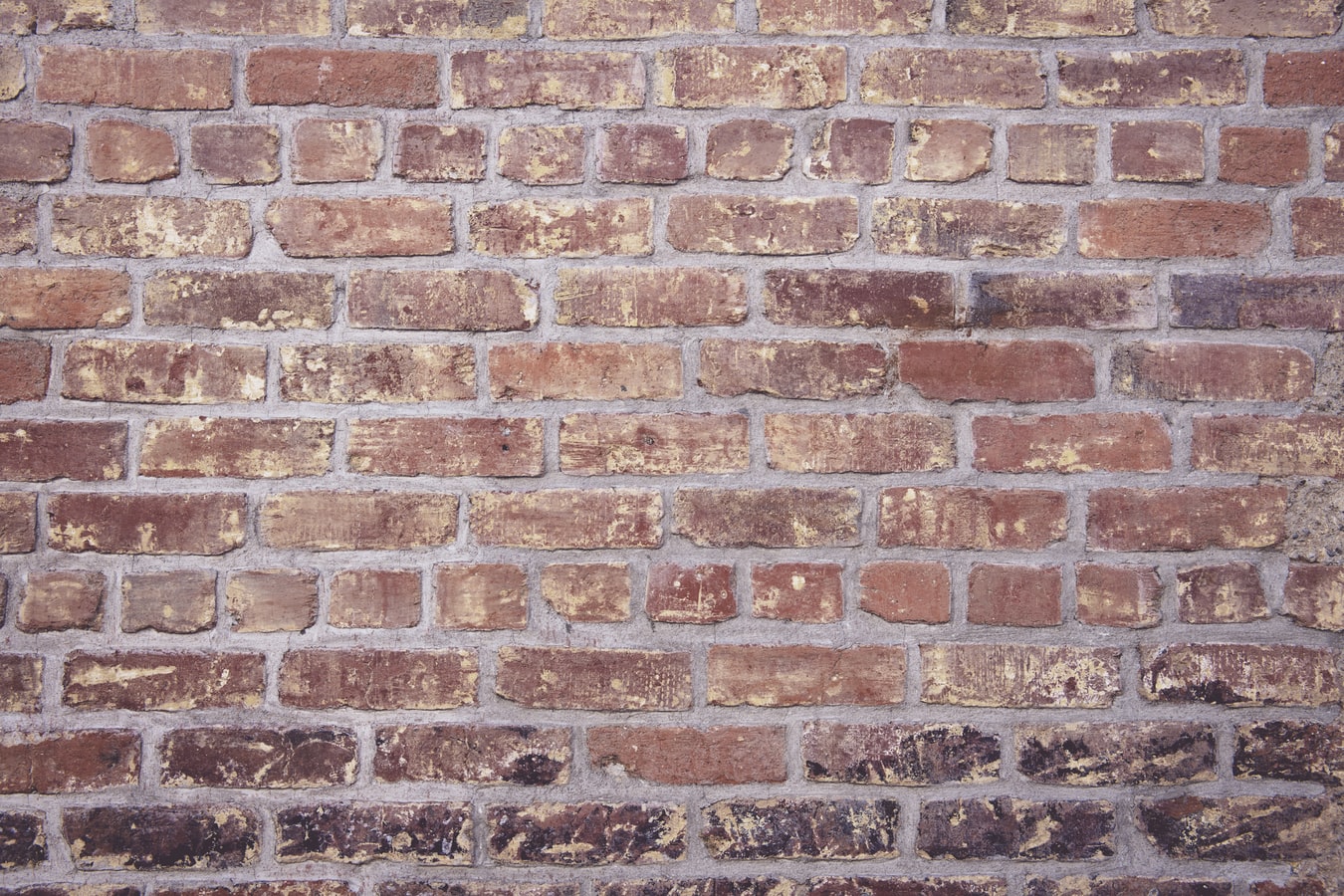Brick by brick: Building and breaking down the white walls of racism

- September 12, 2018
Mahli-Ann Butt
Mahli-Ann Butt is a Doctoral Candidate at the University of Sydney. She is the Diversity Officer for the Digital Games Research Association (DiGRA) and the Editor-in-Chief of Press Start Journal.
I was asked during a Morality and Games panel, ‘Does the choice to throw or not throw a ball at an interracial couple in BioShock Infinite exercise player’s morality?’ I quickly lent into the microphone and enthusiastically responded that, ‘Yes, that’s a great example. It shouldn’t have been a choice.’
Sid Meier infamously described games as being a series of interesting choices. Games like the BioShock franchise highlight the limitation of the agency of players. Being unable to progress in a game, unless the player conforms to certain actions, is one way a game limits player agency.
Forced choices are not true choices. There is a curious characteristic in many games where diversity and representation is often burdened onto players. For example, the avatar made in the character creation menu. Or, from our earlier example, how playing as ‘the version of the avatar Booker DeWitt which doesn’t throw a ball at an interaction couple’ is a political choice burdened onto the player by BioShock Infinite.
Racism is a process and a product. Whiteness is constructed. Whiteness is constructed by white people. Whiteness is constructed by white people to build walls between those who are white and those who are not white. Building walls. Bunkering down. It’s comfortable living inside walls. It’s also hard to hear through thick walls which are erected tall and impenetrable.
It’s uncomfortable to be called ‘a racist’. Irrationally, being called ‘a racist’ can seem to be more offensive than acts of racism itself. This reaction only makes sense when racism is regarded as a character flaw, rather than as a pervasive power structure. It’s hard to admit that we’re racist. But how are we not? We’ve been conditioned by a racist society which privileges whiteness and discriminates against people of colour. We don’t choose the society we’ve been raised in—the walls that have housed us—but we can choose to hold ourselves accountable for the racism that we reproduce and what we ultimately do with the walls sheltering us. After all, unlearning racism is a process—brick by brick. People aren’t static. It is human to make mistakes. It takes a lot to swallow down the feeling of having our ‘character’ personally attacked, but calling out racism is a call for critical thought; a request to make our walls lighter, more transparent, and more malleable.
Whiteness shifts. The lines of delineation between who are and aren’t considered to be white changes through history and context. There have been people who have been considered as ‘not white’ or ‘less white’ at different points in our history, but who now privilege from recent considerations of being categorised as white.
There is an important distinction to be made between racism and xenophobia. Xenophobia discriminates on a personal level: disliking or being fearful of what is foreign to me (which can be for various reasons and it can impact those who are categorised as white). Racism is structural, institutional, and universal: white supremacy dictates that those who are deemed ‘more white’ are superior and those who are ‘less white’ as inferior.
Racism and whiteness do not equate to biological determinism or the colour of skin that you happen to be born with. I’m eurasian, which means I have a complex relationship with whiteness and race. I can acutely feel those shifts from where and when I am seen as white and where and when I am not. Being fair and yellow toned, I’m often ‘not white enough’ to be a white-Australian and will be asked, ‘Where are you from’, but then it’s also meant to be a compliment to hear, ‘You’re Asian? But you look so white’.
But every day, in a multitude of ways, there are many times that I privilege from being ‘more white’ or ‘white passing’. This privilege is complicated and hard to acknowledge for its fluidity and multifacetedness, when I also face certain forms and intensities of racism. I don’t see an acknowledgement of the shape of white privilege that I experience as a dismissal of the racism I may simultaneously face. Nor does acknowledging my whiteness erase any other forms of discrimination that I have come up against and the hardships that I continue to live with—visibly or invisibly. I see it as assembling different materials for more inhabitable barriers—to wear clothes that breathe.
People of colour have to cope with racism, but racism is not just a problem for people of colour to deal with; racism is groomed and maintained by white people. Racism impacts everyone: those who are discriminated against and those who privilege from that discrimination of others. Sara Ahmed, in her book On Being Included: Racism and Diversity in Institutional Life (2012), describes diversity workers as plumbers. Diversity: putting in pipes and building infrastructures for flows. People of colour are often burdened with diversity work. Chipping through the walls can be expedited if there are diversity workers on ‘the other side’ too. Bring power tools. Use privilege to help.
Before the choice to throw a ball at the interracial couple in BioShock Infinite, to include it in the game ‘as a choice’ was a decision already made by the game developers. If anything, presenting it as a binary choice ‘to throw or not throw a ball’ for the player, reinforces viewing racism as a ‘bad apple model’ of ‘individual acts made by individuals’, rather than something that structures everyday lives—walls that we are choosing to ignore and fortifying their insulation when we don’t break them down.
You can click here for further readings and resources on racial equity.
